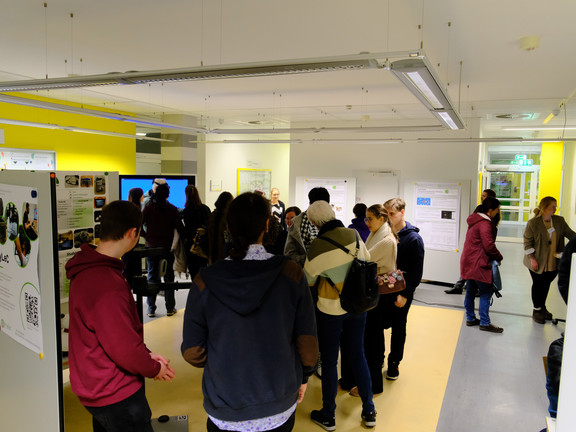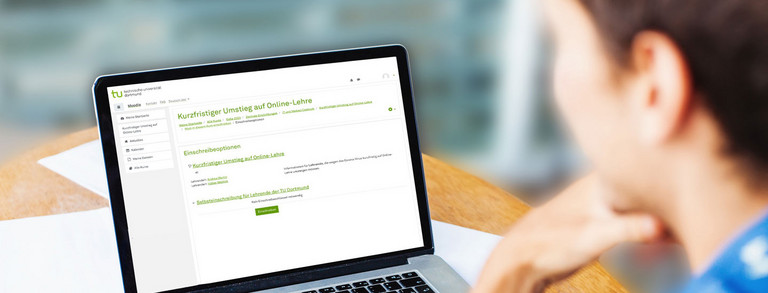Open House at TU Dortmund University (Tag der offenen Tür)


On November 9th, the Department of Rehabilitation Sciences, including our group, presented their research and study program offers to the public.
On November 9th, the Department of Rehabilitation Sciences, including our group ihri, presented their research and study program offers to the public. People of all ages learned about our department’s work through robots, mixed reality demos, and posters.
Some highlights from ihri:
- As a subsequent work of our Frontiers Publication, Alessandro Bras da Silva and Alexander Feld presented their VR simulation where users can intuitively interact with robots (in virtual VR form) through natural spoken language. This allows users to instruct robots in a virtual home environment to carry out tasks with reduced mental load, while also being able to speak conversationally.
- Martin Lehnert and Erik Böttcher presented the commercially available Stretch from Hello Robot, an assistive robot developed collaboratively with individuals with disabilities. Stretch helps users accomplish tasks they might otherwise struggle with and is designed for easy control while also being able to adapt to its environment autonomously.
- As part of the UbiTrans research project, Kirill Kronhardt presented PERSONÆR, an in-development browser extension to boost transparency in data privacy. PERSONÆR uses large language models to generate user personas based on keywords from visited websites, offering users an easy-to-read, on-demand view of their digital footprint. PERSONÆR helps individuals understand how their online behavior shapes their digital identity and how website providers may perceive them, making data privacy more accessible and engaging. Kirill will present PERSONÆR at the upcoming MUM conference in Stockholm, Sweden.
- Valerie Tan presented ongoing research and teaching on assistive technology for adults with ADHD symptoms. Existing research on either treating adult ADHD or providing adequate support for adults with ADHD is limited, but this limitation also indicates many opportunities for new innovations.

